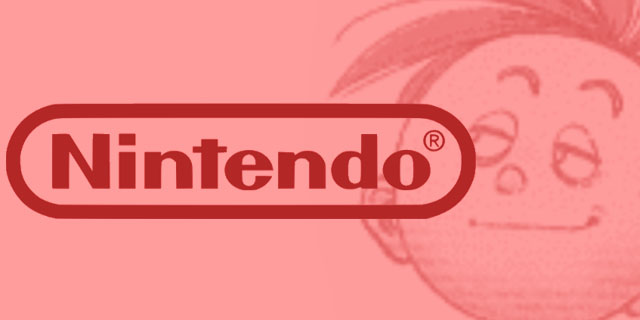
Nintendo is a company that people love. The company’s games are, whatever issues you may have with them, consistently some of the best, most happiness-inducing games available, and it has found a way to strike a balance that allows it to continue iterating on its classic series without totally running them into the ground. People love Nintendo for this.
At least in North America, though, as much as people love Nintendo, sometimes it’s hard to like the company very much. Why? It’s all a matter of communication.
Or lack of it, really. Today’s Internet-focused world abhors an information vacuum, and Nintendo tends to let things stay silent for long periods of time with its community. In some ways, it seems to work in its favor; after all, besides Apple, there isn’t a company in the world that has its fans so eagerly anticipating the next announcement event. The problem is that expectations build and build without any information to temper them, and all but the largest announcements get lost in the community’s consciousness.
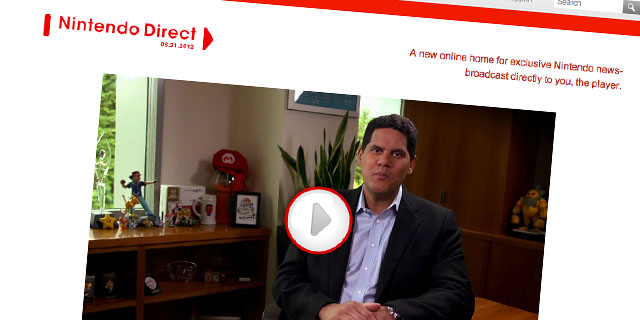
One way the Big N has tried to combat this is with its Nintendo Direct events, essentially creating that announcement atmosphere more often and with less time for anticipation. It’s a sign that it wants to change, but it’s also not enough. And another problem with them? Look, we get it, even if some don’t: despite the large North American game-buying population, the economic situation and how little we are willing to pay for games here means it’s sometimes tougher to get all the games here. You can try more, especially with digital titles, but there are still many projects that will stay in Japan, and even a few that will make it to Europe and not here. We will never stop pushing you to release them here, because we want them. Sorry. But with three almost-simultaneous announcements, when Japan gets eight things, Europe gets five things and America gets four? We should be really happy to get four good things, but the context dampens the enthusiasm.
Some may say that Nintendo’s been notoriously tight-lipped forever, and for large first-party projects, it’s definitely true. But in the Nintendo-dominated halcyon days of the industry, no one was better than Nintendo at promoting third parties, discussing smaller projects and getting people excited by shreds of information put out by the company on a regular basis. How? Nintendo Power.
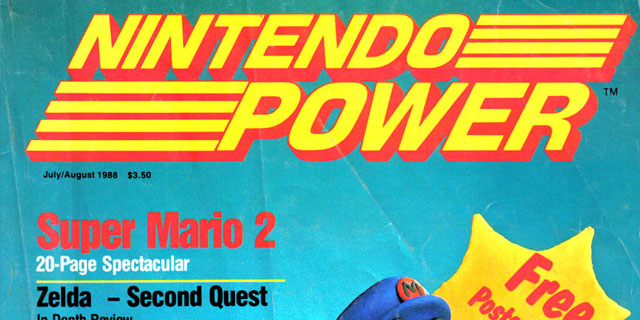
The magazine, at least in its original form, was definitely a PR mouthpiece at times. It could gloss over games’ issues and ignore the world outside of Nintendo platforms. Those weren’t its roles, though. It was there to introduce people to new games and build excitement for projects small and big, first-party and third-party. Yeah, that sold more games, but it doesn’t mean it was a bad thing. Games are supposed to be fun, and Nintendo Power made them more so.
While the print model doesn’t work as well as it used to anymore, the idea should still be embraced in other media. Because it works. How do we know for sure? Because Sony’s already doing it, and doing it well.
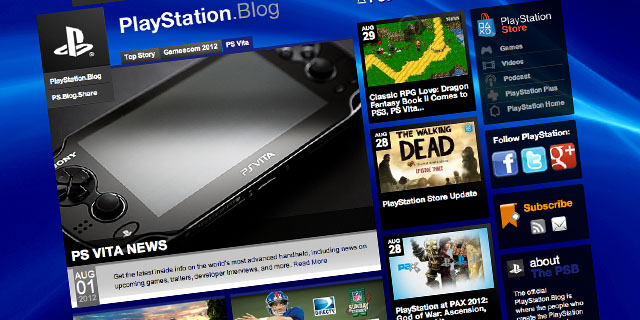
The PlayStation Blog is PR, sure, but it’s PR of the best kind. Developers tell you about their games. Trailers and screenshots are showcased for upcoming titles with the intended context. New digital releases are listed, but they’re also explained, giving them a chance to be understood and not just thrown into the aether. It’s also used as a place to address issues that come up. Sony’s PSN downtime debacle last year was troubling for the company, but there was a venue for clear, timely communication about the problems and a reliable way to keep people updated on the progress toward restoration.
You wouldn’t just be copying Sony, though, Nintendo. You already did this yourselves once, with the Smash Bros. Dojo. People loved that thing. You know they did. Just do that with everything!
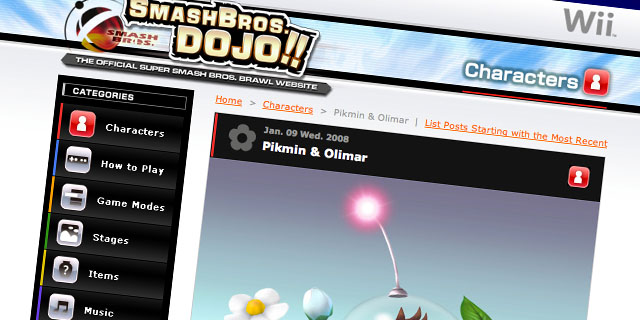
So here’s what we propose: once that contract with Future runs out later this year, take that Nintendo Power name and use it to revive the spirit of the publication online. Make it a home for new trailers, Iwata Asks interviews, weekly download releases and reports from whatever event you held at the Nintendo World Store in New York. Put together profiles of the scenic worlds in games like Xenoblade Chronicles, and talk with the Treehouse team about the fun localizations of games like Paper Mario: Sticker Star. But also showcase those third parties in the way you used to. Wouldn’t things have been better this year if you had a nice preview of Mutant Mudds from Renegade Kid, made a chance for Sega to get more people interested in cool 3DS experiments Rhythm Thief and Crush3D and spent the lead-up to the Wii U launch with full profiles of Rayman Legends, Tank! Tank! Tank! and Scribblenauts Unlimited?
Yes. Yes they would have.
What do you think? Let us know in the comments!



















